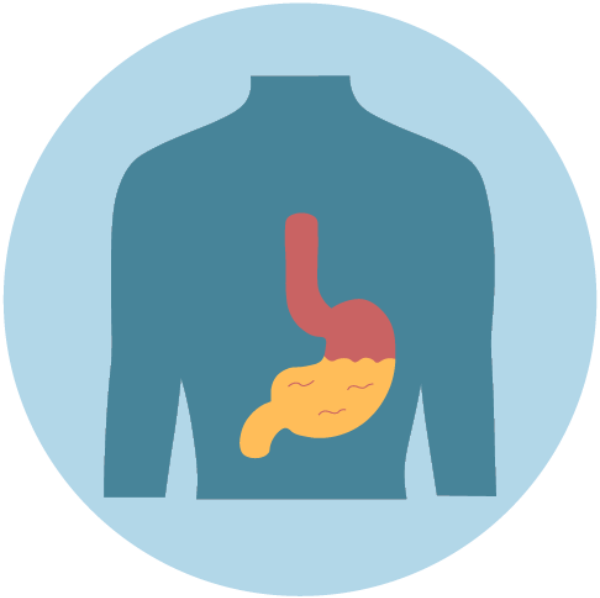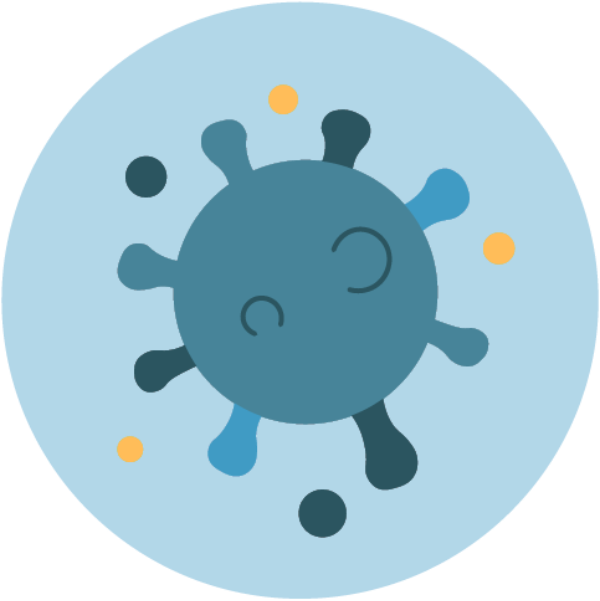
The impact of mold exposure on your health | 5 steps to heal from mold toxicity
 Dr. Kim
on
Dr. Kim
on
Imagine waking up one morning to a world veiled in fog, your thoughts unclear, your body sluggish, and your energy drained. You're not sick, not really, but something is wrong…
Mold. It's not just an unsightly annoyance hidden behind walls and lurking in damp corners; it's a silent threat the implications of which go far beyond mere aesthetics. Exposure to mould can have profound and sometimes devastating effects on health.
As a medical professional, I have witnessed first-hand the severe effects that mold toxicity can have on the body, including on myself.
This blog post aims to shed light on this topic and provide actionable steps you can take to protect yourself and mitigate the negative health effects of mold.
What happened to me...
I still remember the day vividly; I was 33 years old, seemingly in the prime of my life when I experienced a sudden and terrifying heart attack. The diagnosis that followed was bewildering – an underlying infection and mould toxicity. How could something so ordinary inflict such profound harm? The shock led to a deeply personal journey into understanding the very thing that had silently threatened my life – mold.
As a functional practitioner I knew the science, but living through the symptoms of mold exposure was a harrowing experience I hadn't anticipated. The fatigue was overwhelming, the brain fog was debilitating, and the uncertainty was all-consuming. My once energetic life was replaced with a constant struggle, one that took me to the doors of numerous specialists before I finally uncovered the root cause. The process of healing from mold toxicity was not merely a series of medical procedures but a transformation of my lifestyle, environment, and approach to health.
My story is not unique; mold toxicity affects thousands, many of whom are unaware of the threat. Through my experiences, I aim to bring awareness to this crucial health issue, and more importantly, hope to those suffering from it.
The problem with mold

In the United States, an estimated 45 million buildings have an unhealthy level of mold, and 40% of people living in them are likely to end up with asthma. In fact, according to the WHO 7 million people die every year as a result of indoor pollution. It’s so toxic even the Old Testament makes reference to mold, mentioning a house desiccated by mildew, instructed to be burned by God. That’s how bad it is.
Exposure to mould can lead to a cascade of physiological reactions, triggering symptoms such as:
- Allergies
- Food intolerance
- Hormonal imbalance
- Gastrointestinal tract issues like IBS, diarrhoea
- Sugar cravings
- Chemical sensitivity
- Inflammatory processes
- Low immune system
- Vaginal yeast infections
- Chronic UTIs
- Mast Cell activation; POTS; Brain fog
The importance of working with a professional to treat mold toxicity cannot be overstated. Mold toxicity can suppress the immune system and lead to severe health issues, making self-diagnosis and treatment, not only futile but potentially harmful.
What to do when you find out you have mold in your house
Discovering mould can be daunting, but here's a step-by-step guide to dealing with it effectively:
-
Remove exposure
Once you suspect a mold issue, the immediate step is to remove exposure. Identify where the mold infestation is—whether in your home, workplace, or elsewhere. Distance yourself from the moldy environment for at least three days and observe how you feel. Once you locate the source, testing both yourself and your surroundings is crucial. Hiring a professional to handle mould remediation is a must, as this is not something you should attempt on your own. Investing in an air purification system like IntelliPure or Molekule and regular cleaning will lower the mold burden in your home.
-
Optimize Your Detox/Drainage Pathways
Your body's ability to detox is crucial in recovering from mold exposure. To support this natural process, you must nourish your bowel and liver with specific supplements such as aloe, marshmallow, milk thistle, Schisandra, and BodyBio Tudca and Ox Bile. These natural remedies help in naturally clearing the toxic build-up that mold leaves in your body.
-
Optimize Your Microbiome
Your microbiome also needs attention, as your gut health plays a vital role in your overall well-being. If your gut isn’t functioning properly and you’re constipated, what ends up happening is toxins end up recirculating in your body, further contributing to your toxic burden. When you have a healthy gut microbiome, it’s able to reduce the effect of mycotoxins in the body. Rebalance your gut with a spore-based probiotic, and sodium or calcium butyrate to repair leaky gut and strengthen your body's innate defences against mold.
-
Support Cell & Mitochondrial Function
Mould exposure can negatively impact the function of your cells and mitochondria (their powerhouses), thus impacting energy production. To rebuild and support these vital components, consider supplements like BodyBio PC (Phospholipid Complex), Balance Oil (provides a 4:1 ratio of Omega 6 and Omega 3), and their Liquid Minerals. Your level of mold recovery is based on the integrity of your cell membrane health and lipids are vital for repairing it. Plus, the addition of L-carnitine and CoQ10 can rejuvenate your energy pathways, helping you regain vitality.
-
Address Fungal Colonization
Finally, addressing fungal colonization is crucial. While pharma drugs like itraconazole can be used, I lean towards the natural approach. Using oregano, skull cap, rosemary, Melia, golden thread, and Morinda provides a broad-spectrum approach to addressing mold colonization. Adding antioxidants like glutathione and toxin-binders like activated charcoal, charcoal bamboo (Takesumi), apple pectin, aloe, bentonite clay, and fulvic acid can help cleanse your system and restore balance.

By methodically approaching mold exposure through these steps, you can go from a state of vulnerability to one of recovery and resilience. It's a complex process, but with the right guidance and persistence, you can reclaim your health.
I will be diving deeper into this subject during my webinar on October 5th at 7pm EST/4pm PST, it’s free to attend, click here to register. For professional support on your journey of recovery from mold toxicity, feel free to book a call for a one-on-one consultation.
0 comments
You Must be logged in to post a comment.


















